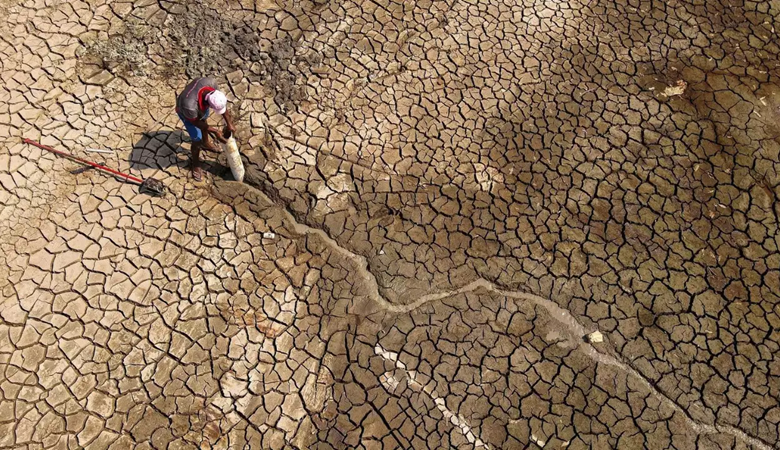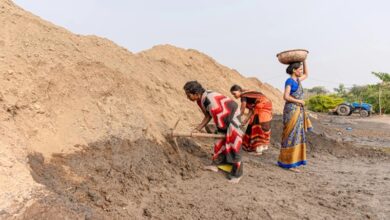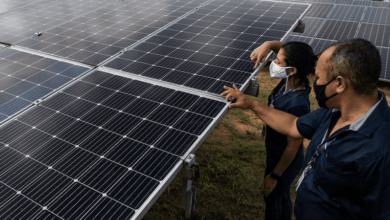Severe Drought Hits the Amazon Earlier Than Expected, Triggering Alarm Across the Region

News Mania Desk/Agnibeena Ghosh/3rd August 2024
The Amazon, home to one-fifth of the world’s fresh water, is experiencing a severe drought that has arrived earlier than anticipated, raising significant concerns for the region. As the dry season begins, many of the Amazon’s rivers are already at critically low levels, prompting urgent measures from governments to address a range of issues, from disrupted navigation to an increase in forest fires.
The Amazon Cooperation Treaty Organization (ACTO), which includes Bolivia, Brazil, Colombia, Ecuador, Guyana, Peru, Suriname, and Venezuela, has highlighted that the Amazon Basin is grappling with one of the most severe droughts in recent years. The organization’s technical note issued on Wednesday underscored the widespread impact on several member countries, particularly in the southwestern Amazon, where river levels are alarmingly low for this time of year.
Typically, the driest months in the Amazon are August and September, coinciding with peaks in fire activity and deforestation. This year, Bolivia, Peru, and Brazil have been the most affected. Brazil’s federal water agency declared a water shortage in two major basins—the Madeira and Purus—which collectively cover an area nearly equivalent to Mexico. The state of Acre, which declared an emergency due to the impending water shortage in its main city, joined Amazonas state, which had already taken similar measures for 20 of its 62 municipalities.
These precautionary steps were implemented over two months earlier than they were in 2023, when the Amazon Basin suffered its worst drought on record. That drought resulted in significant impacts, including the deaths of dozens of river dolphins, prolonged smoke pollution in cities, and the isolation of thousands of people reliant on water transportation. The current measures aim to enhance monitoring, mobilize resources and personnel, and secure federal aid.
In Porto Velho, the Madeira River, one of the Amazon’s largest tributaries and a crucial waterway for transporting soybeans and fuel, saw its depth drop below 3 meters (10 feet) on July 20. This milestone was reached a month earlier compared to August 15 of the previous year. Consequently, navigation has been restricted during nighttime hours, and there is a looming threat of halts in production at two of Brazil’s major hydroelectric plants, similar to last year’s disruptions.
In the town of Envira in Amazonas, the situation is dire, with nearby rivers becoming too shallow for navigation. Local officials have advised vulnerable groups, including elders and pregnant women, to relocate to urban centers to ensure they can access medical care. Additionally, farmers producing cassava flour are struggling to transport their goods to market, leading to more than doubling of prices for this essential Amazonian staple.
Fire risks have escalated as well, with around 25,000 fires reported from January through late July—the highest count for this period in nearly two decades. Most fires in the Amazon are human-made, often set to manage pastures and clear deforested land.
In Acre, water supply shortages have become a severe problem in Rio Branco, the state capital. Residents now rely on trucked-in water, echoing issues from the previous year. Severe flooding had earlier affected 19 of the state’s 22 municipalities, highlighting the extreme weather patterns affecting the region. Julie Messias, Acre’s Secretary of Environment, noted that the consecutive years of extreme weather events are creating a serious threat of food shortages, with previously flooded crops now facing drought conditions.
As the Amazon confronts these unprecedented challenges, the urgency for coordinated international response and support becomes increasingly clear.






